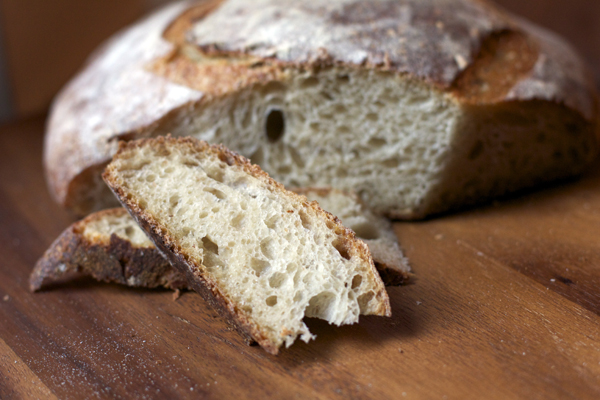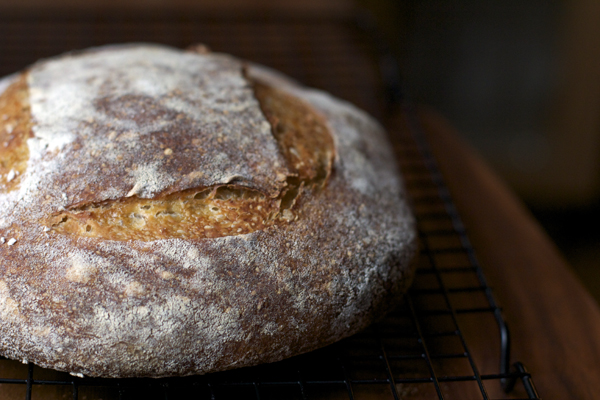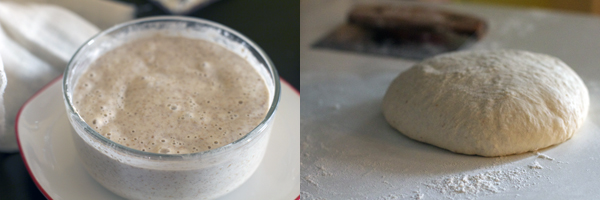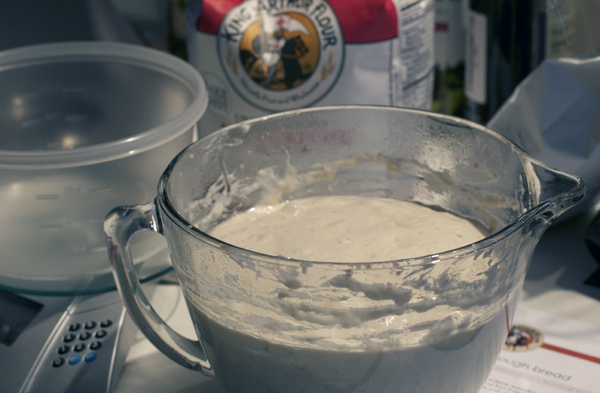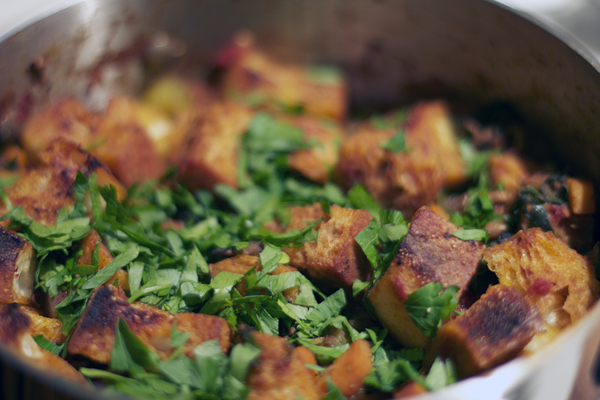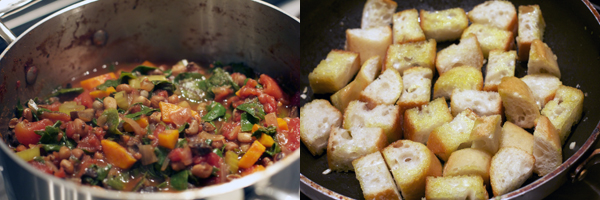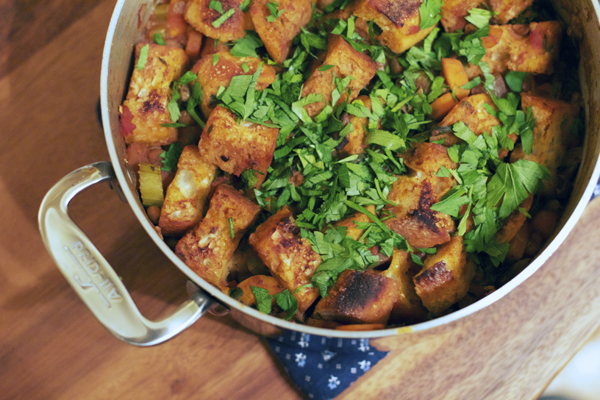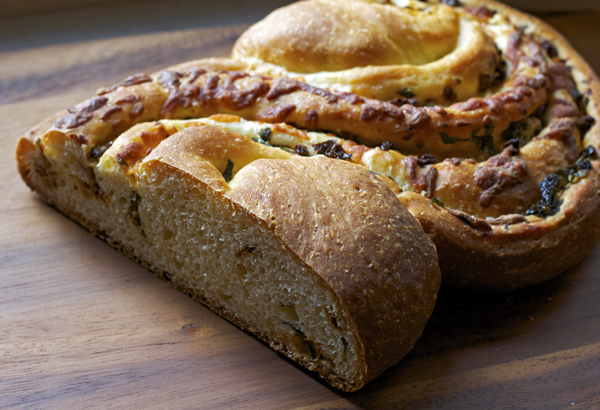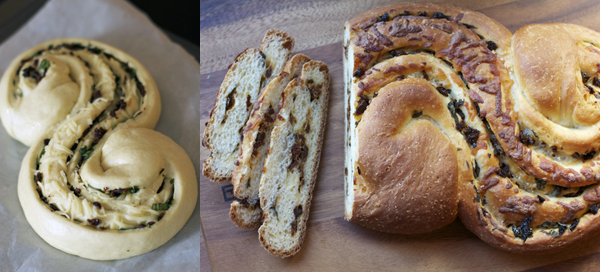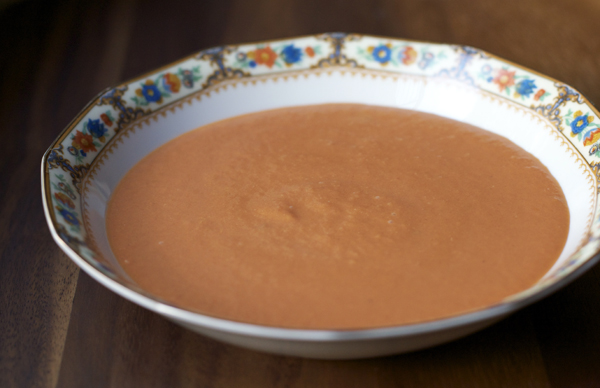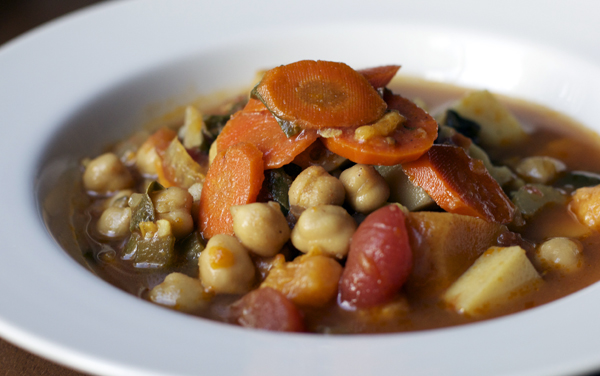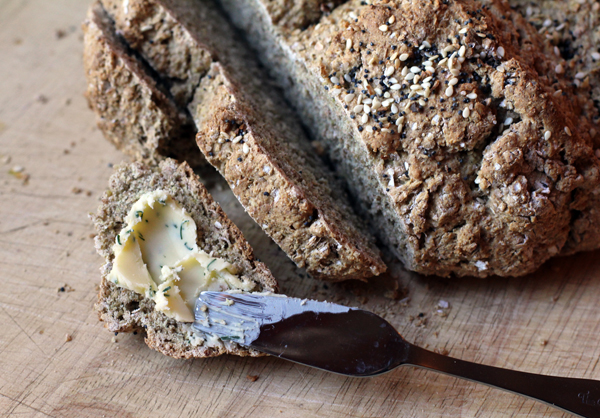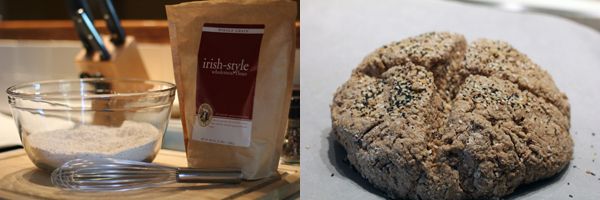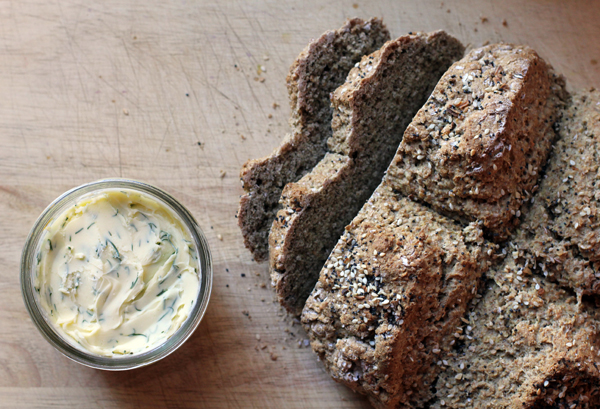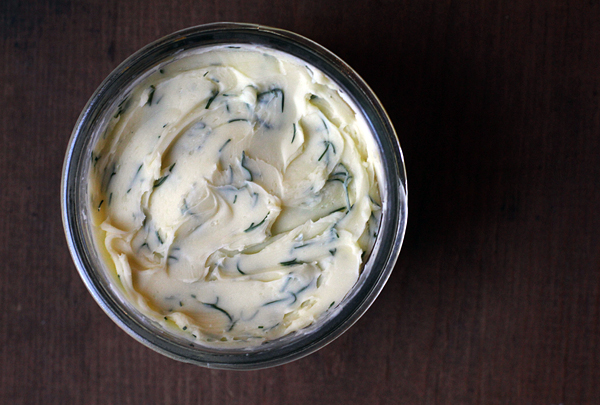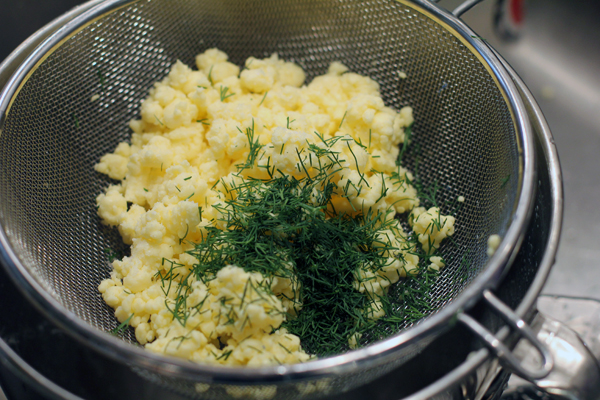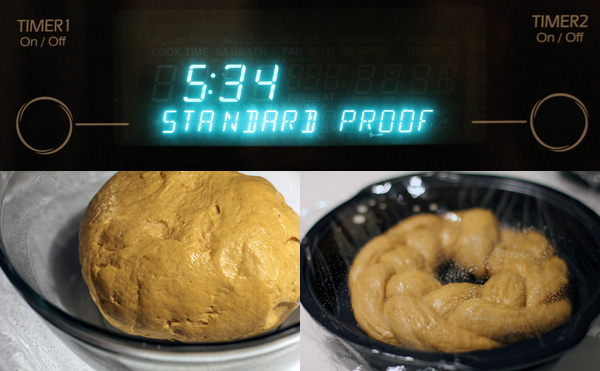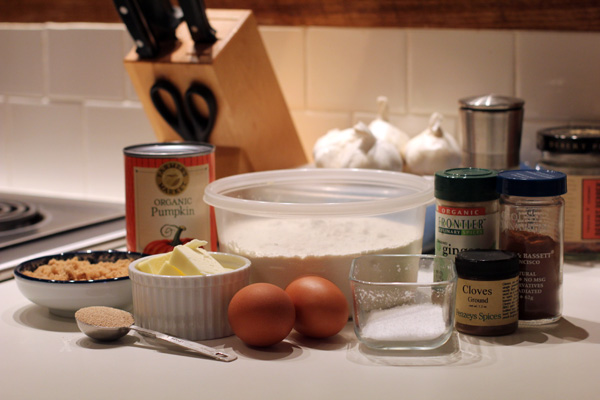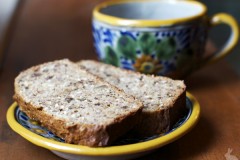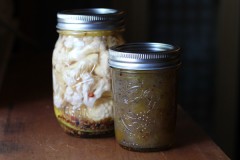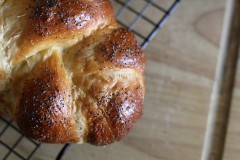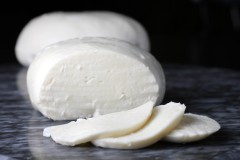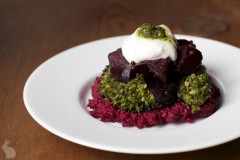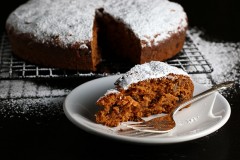Sourdough baking is an art. I keep reading that, over and over again, in baking instructions and supportive blog posts. But what I’m beginning to realize is that sourdough is not just an “art” in terms of its many variables, but also in how it will test you, the artist: thrill you with its vigor, slay you with its stubbornness, awe you with the perfect caramel color of its crust, yet refuse to follow whatever logic you thought you grasped about baking bread when you walked into your kitchen. Or at least that’s the line I’ve been feeding myself, since two weekends of trials have left me a little hungry for, you know, actual edible bread.
Despite my “third time’s a charm” success with those Tartine bread experiments last year, I admittedly lost interest in the labor-intensive process over the very hot summer. I revitalized my sourdough enthusiasm this winter with a brand new starter (for $6.95, it was just too tempting a creature to not tack on to my last King Arthur Flour order). It’s a vigorous little beast, but user error on my first Tartine re-try resulted in a flat loaf and a poorly cooked pizza, all on the same day. It was quite dispiriting.
But onward and upward to true adventure, eh? I tossed the photographic evidence of my failures into that “disasters” sub-folder I’m saving for a rainy day post of hilarity, and this past weekend I gave it all another go. For this venture, I settled on the King Arthur recipe that came packaged with the starter itself, but this being art, I immediately started tweaking. I couldn’t help myself! Once again the half of the dough I relegated to pizza crust was not food blog worthy (attributable, I believe, to a too-soft dough combined with my over-heavy hand with the olive oil). The loaf of bread the recipe produced, however, deserves a turn on the Wonderland catwalk. It might not be my perfect sourdough statement–yet!–but its thick and crispy golden crust and perfectly tangy wide-holed crumb are worth passing on, even if my poor bread slashing damaged its cover-girl good looks somewhat.
That just makes it “artisan,” right? The education continues.
Sourdough Bread
adapted from King Arthur Flour
8 oz sourdough starter
12 oz warm water
21 oz flour
1 T kosher salt
2 tsps sugar
Feed your sourdough starter. After 10 hours at room temperature, remove an 8 oz portion and combine with the water and 12.75 oz of flour. Mix by hand (literally: after my Tartine training, I get my clean fingers in the dough whenever I can). Cover and let rest at a cool room temperature for 4 hours, then refrigerate for 12 hours.
When ready to proceed, remove dough from the refrigerator and knead in the salt, sugar, and enough flour to make a soft dough. I left mine a little on the wet side, but this is an art/science, like people keep typing. Experiments are needed to achieve the ideal crust/crumb/sourness/rise/etc. to suit your tastes. It is, perhaps, the ultimate story problem.
Cover and allow to rise until quite puffy (mine took 4 hours using my oven’s proofing feature). Remove the dough from the bowl and divide into two portions.
Shape each piece of dough into a round and place, top side down, in a rice-flour-dusted, cloth-lined banneton. Leave to rise an additional 2-4 hours.
When ready to bake, place a dutch oven or other appropriate covered pot in the oven and preheat to 450°F. When hot, remove the cooking vessel and (placing a circle of parchment inside to prevent sticking if desired) gently flip one portion of dough out of the basket and into the pot. Slash the top of the dough (a razor blade will work if you don’t have a lame, just be careful not to burn yourself on the hot pot), cover with the lid and return to the oven, baking for 25 minutes. Remove the lid and continue baking for an additional 20 minutes, until crust is deeply golden.
Remove and allow to cool completely on a wire rack. Repeat the process to bake your second loaf.

